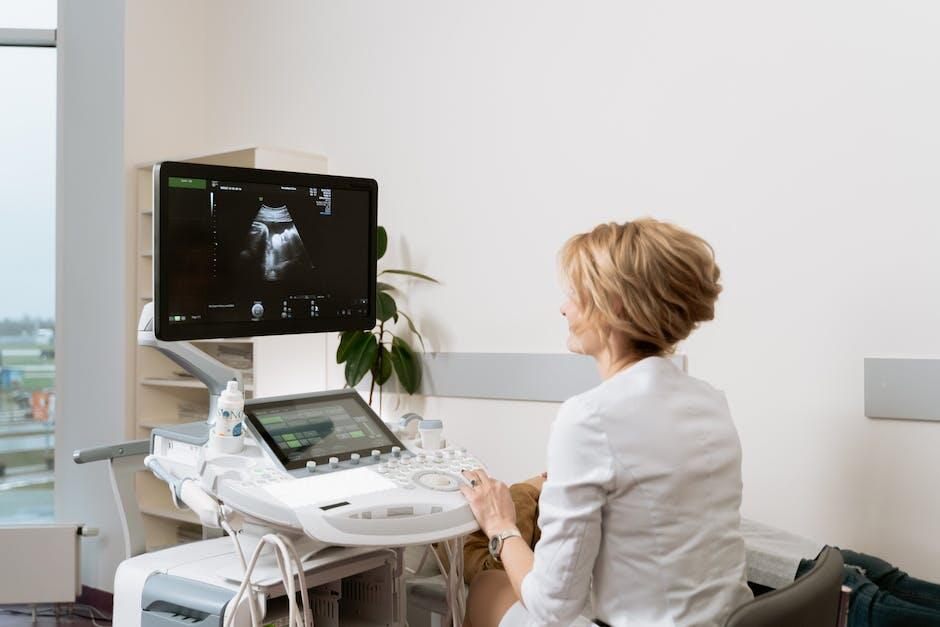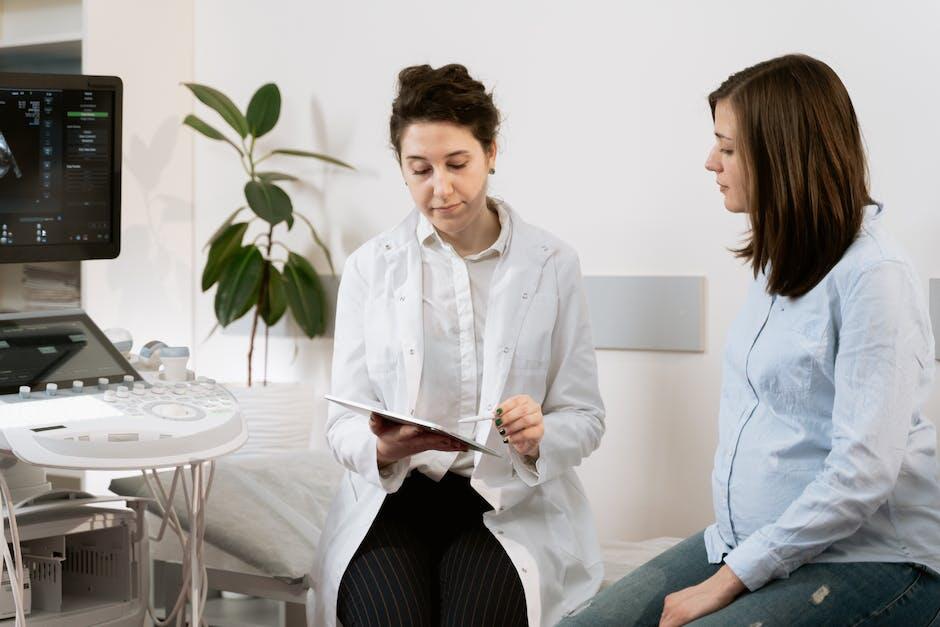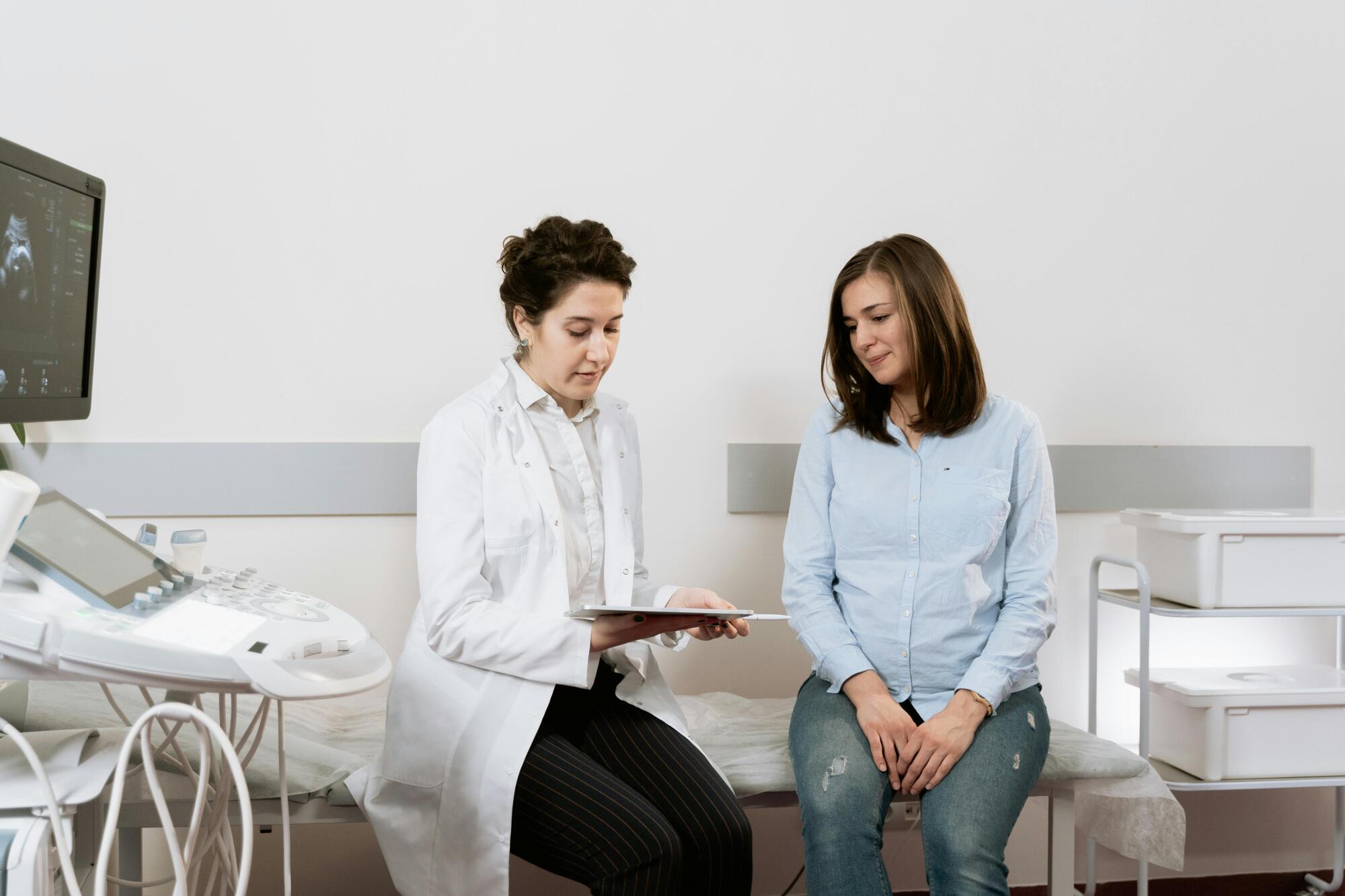Signs of Hormonal Imbalance and How to Address Them
Hormones play a crucial role in regulating several important bodily functions, including metabolism, mood, reproduction, and even growth. When hormone levels become unbalanced, it can have a significant impact on your overall health and well-being. Hormonal imbalances can occur at any age and can be caused by a variety of factors such as stress, age, medical conditions, or lifestyle choices.
At Women’s Health of Augusta, we understand how important it is to recognize the signs of hormonal imbalance early and seek appropriate treatment. In this blog post, we’ll explore common symptoms of hormonal imbalances and share ways to address them.
Common Signs of Hormonal Imbalance
- Irregular Periods One of the most common signs of a hormonal imbalance in women is irregular menstrual cycles. This may include missed periods, unusually heavy or light bleeding, or periods that are shorter or longer than normal. Hormonal fluctuations related to estrogen and progesterone can lead to these irregularities, which are often seen during puberty, pregnancy, and perimenopause.
- Mood Swings and Irritability Hormones are closely linked to your emotions, and an imbalance can cause noticeable mood swings, irritability, and even anxiety or depression. Estrogen and progesterone levels can fluctuate, particularly during perimenopause, leading to emotional instability.
- Fatigue and Low Energy Persistent fatigue, despite getting adequate sleep, could signal a hormonal imbalance. Both thyroid hormones (which regulate metabolism) and adrenal hormones (which manage stress responses) can impact your energy levels. If your thyroid is underactive (hypothyroidism) or overactive (hyperthyroidism), you might experience unexplained tiredness.
- Weight Gain or Difficulty Losing Weight Hormones such as insulin, cortisol, and thyroid hormones play key roles in regulating metabolism and fat storage. Imbalances in these hormones can lead to unexplained weight gain or make it harder to lose weight. If you’re experiencing sudden or gradual weight changes without altering your diet or exercise routine, it’s a good idea to check for hormonal imbalances.
- Sleep Disturbances Difficulty falling or staying asleep can be another indicator of hormonal imbalance. Progesterone, which helps you relax and sleep, naturally declines with age and can be particularly low during perimenopause. Estrogen imbalances can also cause night sweats, leading to disturbed sleep patterns.
- Acne or Skin Changes Changes in hormone levels, particularly an increase in androgen (male hormones) such as testosterone, can lead to increased oil production in the skin, resulting in acne, especially along the jawline or chin. This is commonly seen during puberty, menstruation, or in conditions like polycystic ovary syndrome (PCOS).
- Hair Thinning or Loss Hormonal imbalances, especially those related to thyroid or estrogen levels, can cause hair thinning or hair loss. Women going through menopause or experiencing thyroid dysfunction may notice increased hair shedding or thinning of the hair on their scalp.
How to Address Hormonal Imbalances
If you notice any of the symptoms mentioned above, it’s important to consult with a healthcare provider who specializes in women’s health. At Women’s Health of Augusta, we offer personalized care to help identify and treat hormonal imbalances. Here are some ways you can address hormonal imbalances:
- Hormone Replacement Therapy (HRT) For women going through menopause or dealing with hormonal fluctuations due to aging, hormone replacement therapy may be a viable option. HRT can help alleviate symptoms such as hot flashes, mood swings, and vaginal dryness. Your healthcare provider can help determine if HRT is the right choice for you.
- Thyroid Management Thyroid imbalances can be treated with medication that either supplements thyroid hormones (in the case of hypothyroidism) or helps regulate thyroid activity (for hyperthyroidism). Regular blood tests can monitor thyroid levels and guide treatment.
- Lifestyle Modifications Diet and exercise can play a major role in balancing your hormones. A nutrient-dense diet rich in fruits, vegetables, whole grains, and lean proteins can support healthy hormone production. Regular physical activity can also help regulate insulin levels and boost mood.
- Stress Management Chronic stress leads to the production of cortisol, a hormone that, when elevated for prolonged periods, can cause numerous health issues, including weight gain and fatigue. Practicing stress-reducing techniques such as yoga, meditation, or deep-breathing exercises can help manage cortisol levels and promote overall wellness.
- Herbal Supplements and Nutrients Some natural supplements, like maca root, evening primrose oil, and Vitex (chaste tree berry), may help to balance hormones naturally. However, it’s crucial to consult with a healthcare provider before starting any supplements to ensure they are safe and effective for your specific needs.
- Regular Monitoring and Testing At Women’s Health of Augusta, we recommend routine hormone testing to monitor fluctuations and ensure that your hormone levels are balanced. Regular testing helps guide treatment plans and makes sure that adjustments are made as needed.
Don’t Neglect Your Hormonal Imbalance Symptoms
Hormonal imbalances can significantly affect your quality of life, but with the right approach, they can be managed effectively. Whether you’re experiencing menstrual irregularities, mood swings, or fatigue, it’s important to seek medical guidance. At Women’s Health of Augusta, we are committed to helping you identify the underlying causes of your symptoms and provide tailored treatments to restore balance and improve your well-being.
If you think you may be experiencing hormonal imbalances, contact us today to schedule an appointment and take the first step toward feeling like yourself again.










